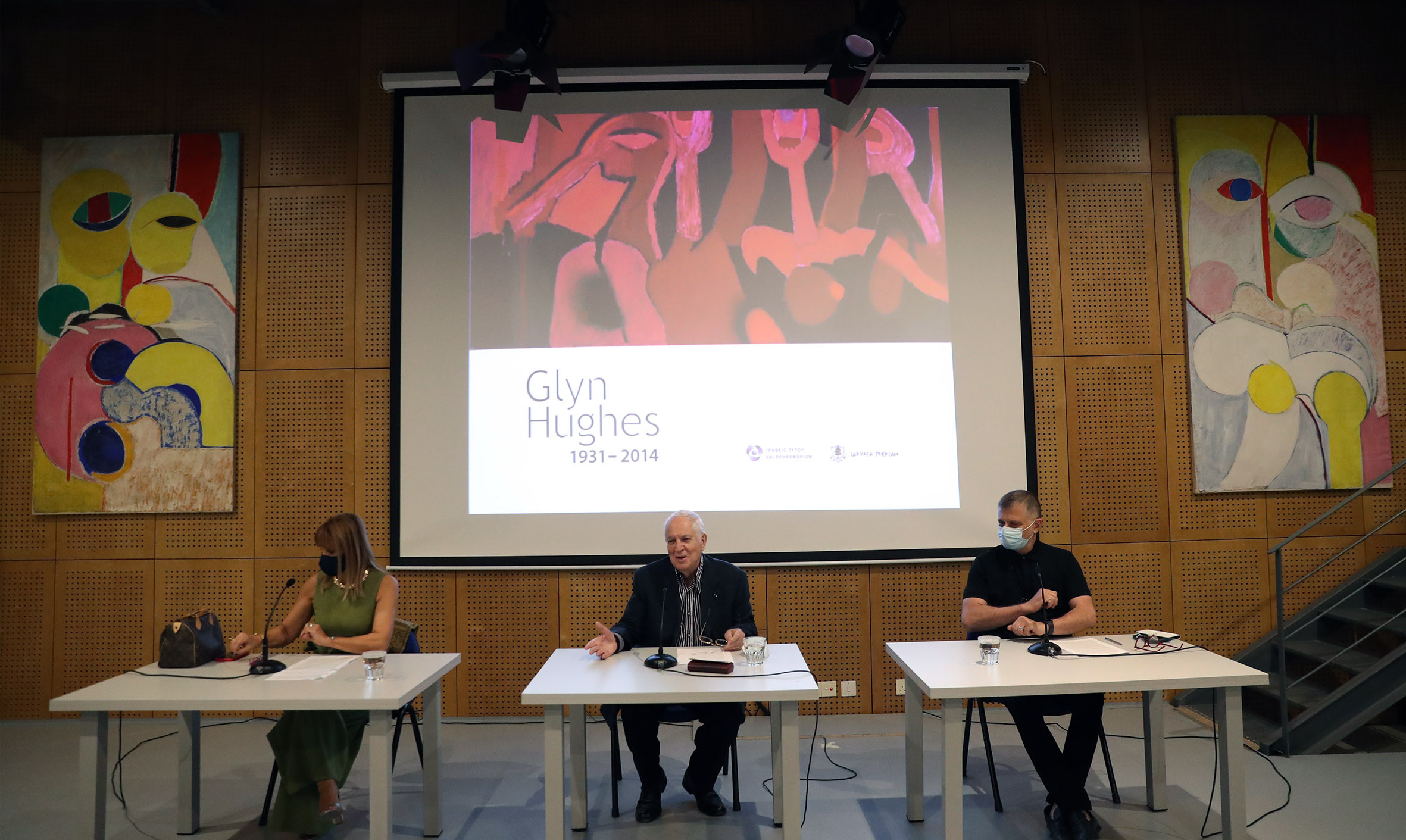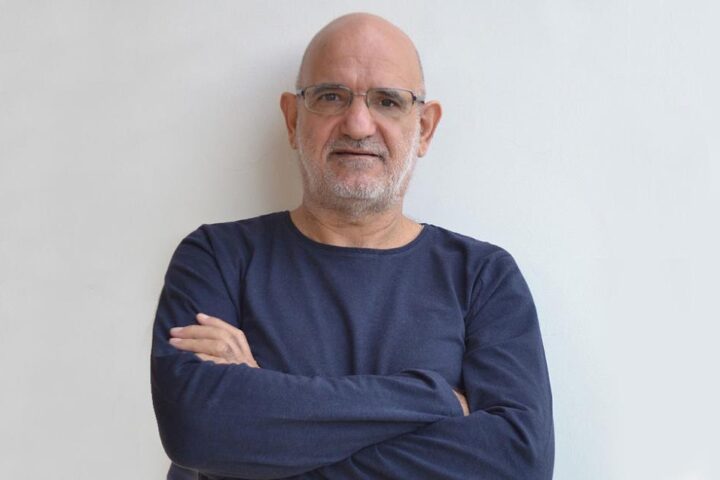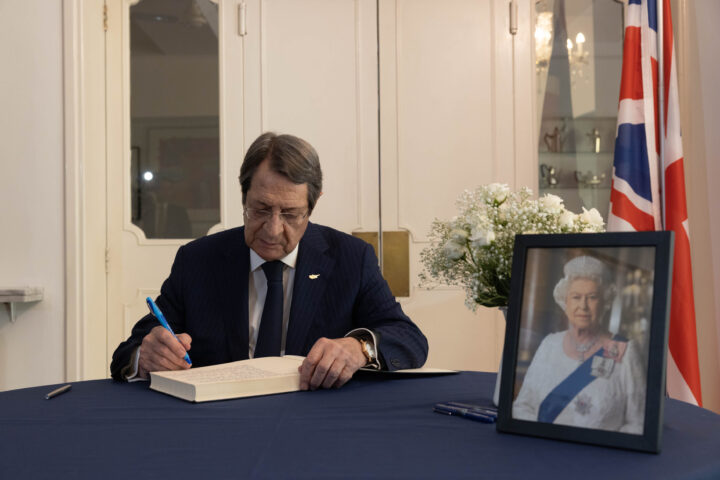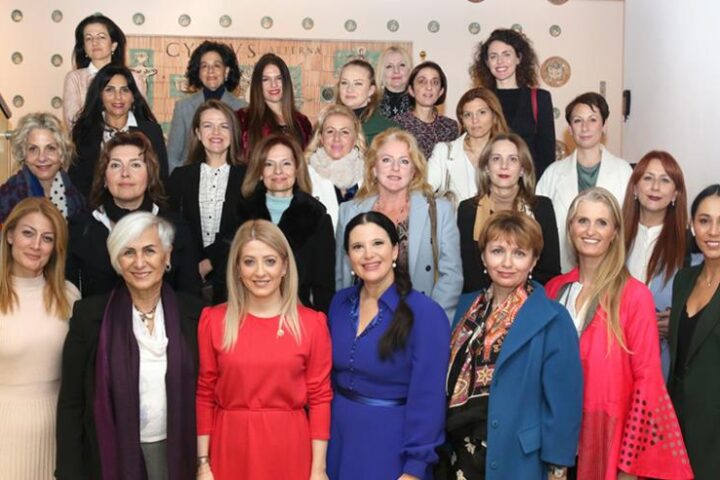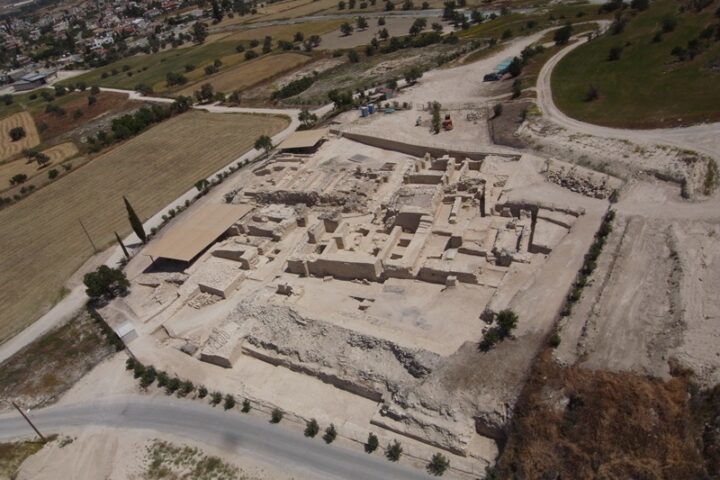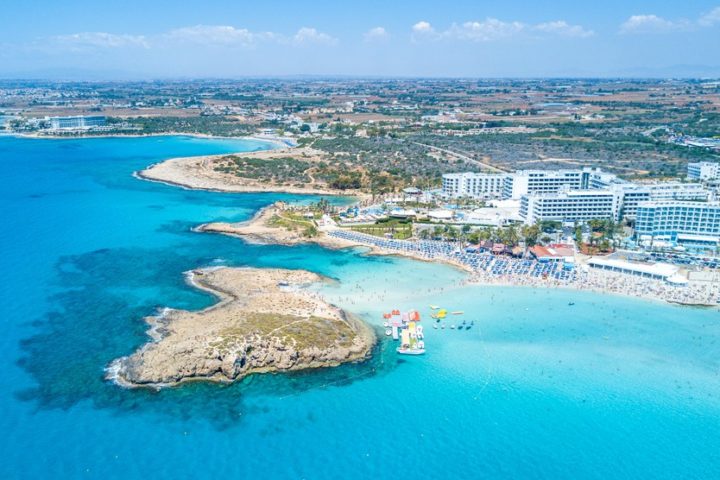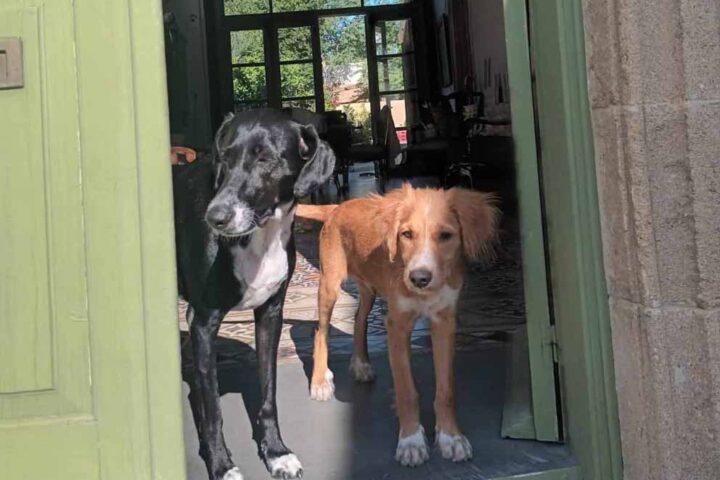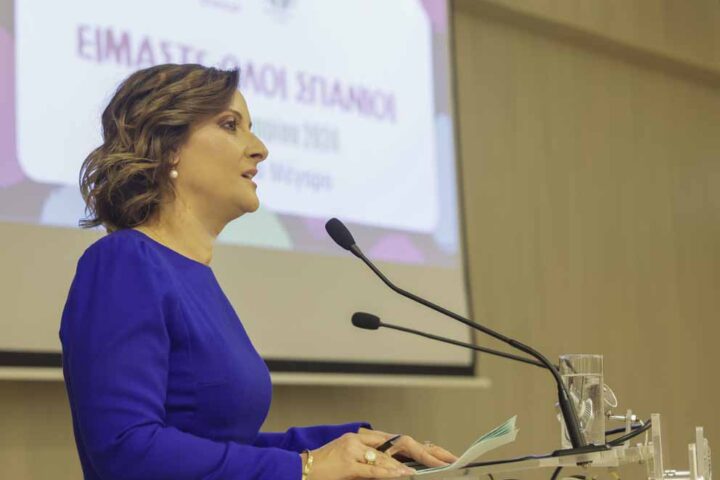By Tatiana der Parthogh
A pioneer of the Cyprus art scene, painter and set designer Glyn Hughes’ work spanning six decades is published in a book by the Pierides Foundation and the government’s PIO department, as a tribute to the Welsh artist who adopted the island as his home.
It includes some of his earlier student work and his arrival in Cyprus in 1956 up to his death in 2014.
It will be publicly launched during the Nicosia Book Fest 2020 to be held online on November 21-22.
It is the second comprehensive book about the artist, a great honour by Cyprus standards, with the first one produced by the British Council and the Ministry of Education to accompany the touring exhibition to his home country, Wales, in 2005.
Yiannis Toumazis, Director and Curator of the Nicosia Municipal Arts Centre (NiMAC) – associated with the Pierides Foundation – said Hughes lived through the most turbulent years of Cyprus, from the struggle for independence, the birth of a new nation, the intercommunal troubles and finally war and division after the 1974 Turkish invasion.
Together with Christophoros Savva, they created the Apophasis Gallery in the old city of Nicosia, “during a period when Cyprus had only just shaken off British rule and was trying to make a new start.
The creation of this gallery had been of fundamental importance which undoubtedly changed the art scene of the island.”
Referring to the importance of Apophasis, Toumazis said: “For the first time, the work and thoughts of young-minded people found a suitable space and a ground for expression on an island which was predominated by extreme social and community contradictions.
“After that, Glyn Hughes set his roots in Cyprus and was particularly loved. His exhibitions and the performances that he created were always a centre of attraction for the public.
“A lover of the countryside of Cyprus, he often visited even the most out-of-the-way villages, meeting the residents up close, accepting their comments and even staying with some of them in his first years in Cyprus, and painting the local sceneries.”
Toumazis said Glyn also lived through tragic political events, displaying this in the dynamism in many of his works.
“A true champion of peace he believed in a world without violence and inequalities.”
The first section of the book shows the progressive cooperation with Savva.
“Recognising the absolute absence of a progressive centre for arts in Cyprus, but also wishing to express their intensive creative experiences from abroad, the two artists decided to create the first organised arts place, and, as the press reported, raise the aesthetic standard and to emphasise interest in the arts.”
Hughes and Savva opened Apophasis in their home on Sofocleous street in Nicosia and the exhibitions took place in the yard.
After independence, the gallery moved to a better place on Apollonos street, where they presented their work, but also other artists and personalities from abroad.
They hosted lectures, discussions, musical evenings, reciting of plays, and projection of films.
Looking back
Looking back at some of the colourful stories related to Glyn, Toumazis recalled an episode the artist told his colleagues Charalambos and Vassos Serghiou.
“In 1963, which is relative to what is happening these days, he exhibited with the well-known artist Yiorgos Skoteinos in the Famagusta municipal gardens, which we see nowadays abandoned and deserted in photos and documentaries.
“Quite aptly they called it ‘Al Fresco’, which means in the countryside and in the exhibition, they presented huge canvasses.
“Glyn recalled carrying all his paintings on the back of a car, one of which fell off and he and Skoteinos found the following day in a nearby field, being eaten up by goats.”
The book’s next section reviews Glyn’s work up to 1970. During this decade, the artist continued using earthen colours, but his work gradually became more abstract and personal.
“Then we have a section on Glyn’s synergies, his unique work and the impact from 1974.
His collection, Synergy IV, aimed for 1974, never happened because of the coup and the Turkish invasion.
Glyn continued to paint even during 1974, and with the ‘batik’ process he created a series of works and used the ancient Cypriot writing, from the iron age, found in some archaeological sites.”
The book then looks at the ‘mature’ years of 1974-2005.
“Even though known as a colourist, he presented an all-white exhibition at the Zygos Gallery in Nicosia.
After that, most of his exhibitions took place at Gloria Gallery, he took part in group exhibitions in all towns, and often in coffee shops, restaurants, including Socrates in the old town of Nicosia, his favourite eatery.”
Glyn’s journey concludes with his final years in Cyprus.
He also made a brief return to Wales for the last time in 2005 with the initiative of his friends, Kate Clerides and Charalambos Serghiou and the support of the Ministry of Education, that organised a major retrospective exhibition in both countries.
Returning to Cyprus, he continued to work at his own house in Kaimakli.
Toumazis said, “despite his endless fervour, during his final years Glyn was ill which made him constantly weaker.”
His last exhibition was in September 2012 at the Polyxoros Texnis in old Nicosia.
The author is an art advisor and collections consultant, specialising in museology, trafficking culture and forensic art.

